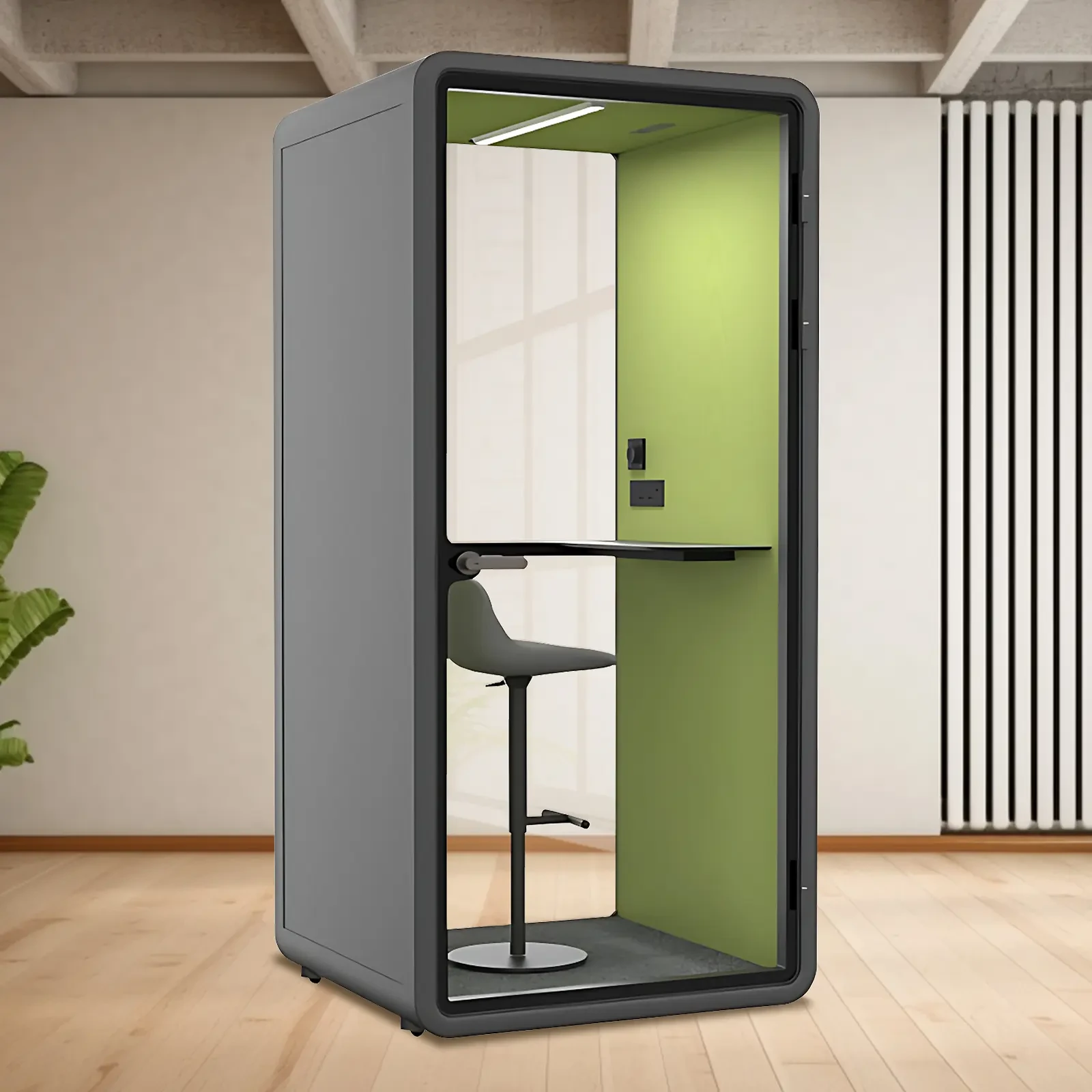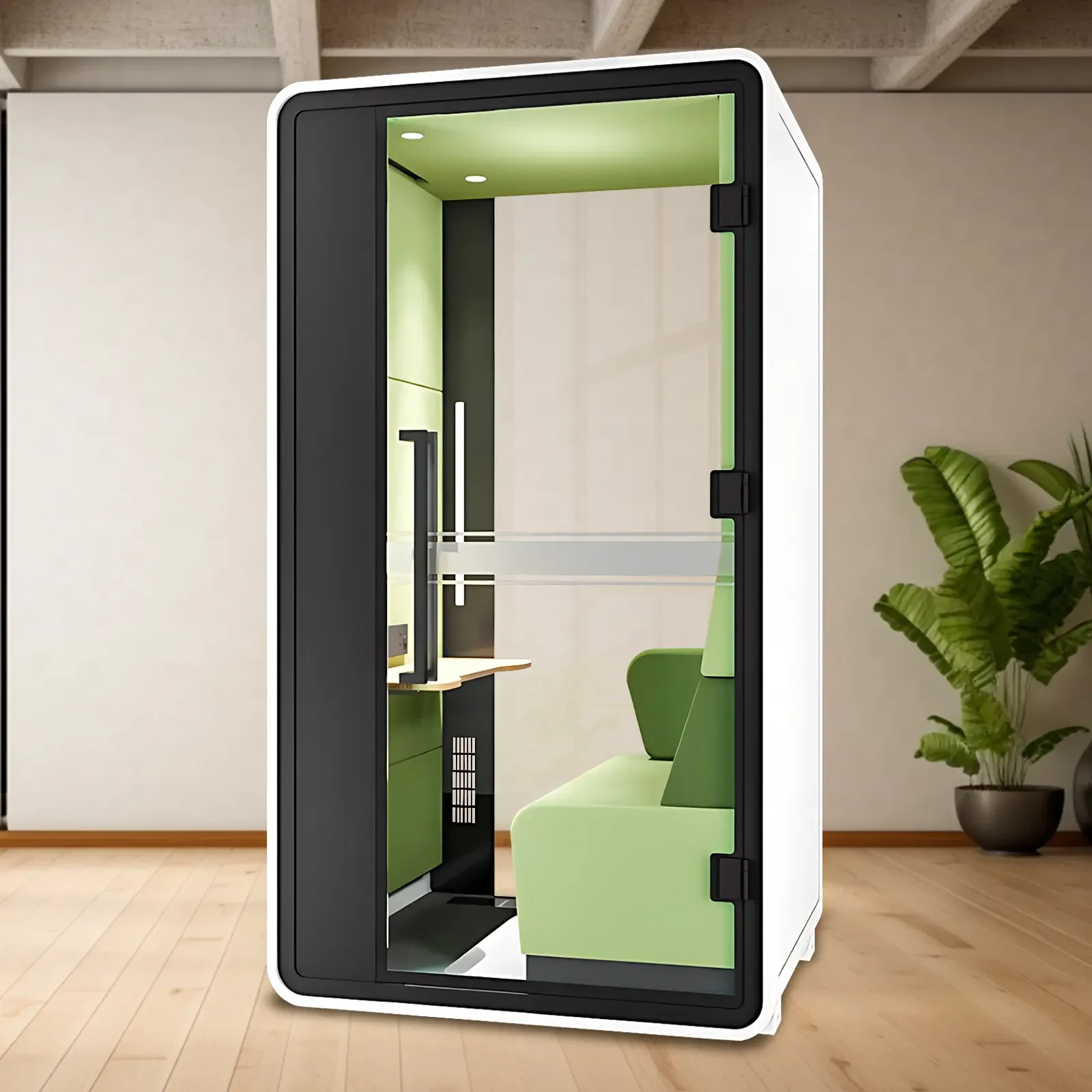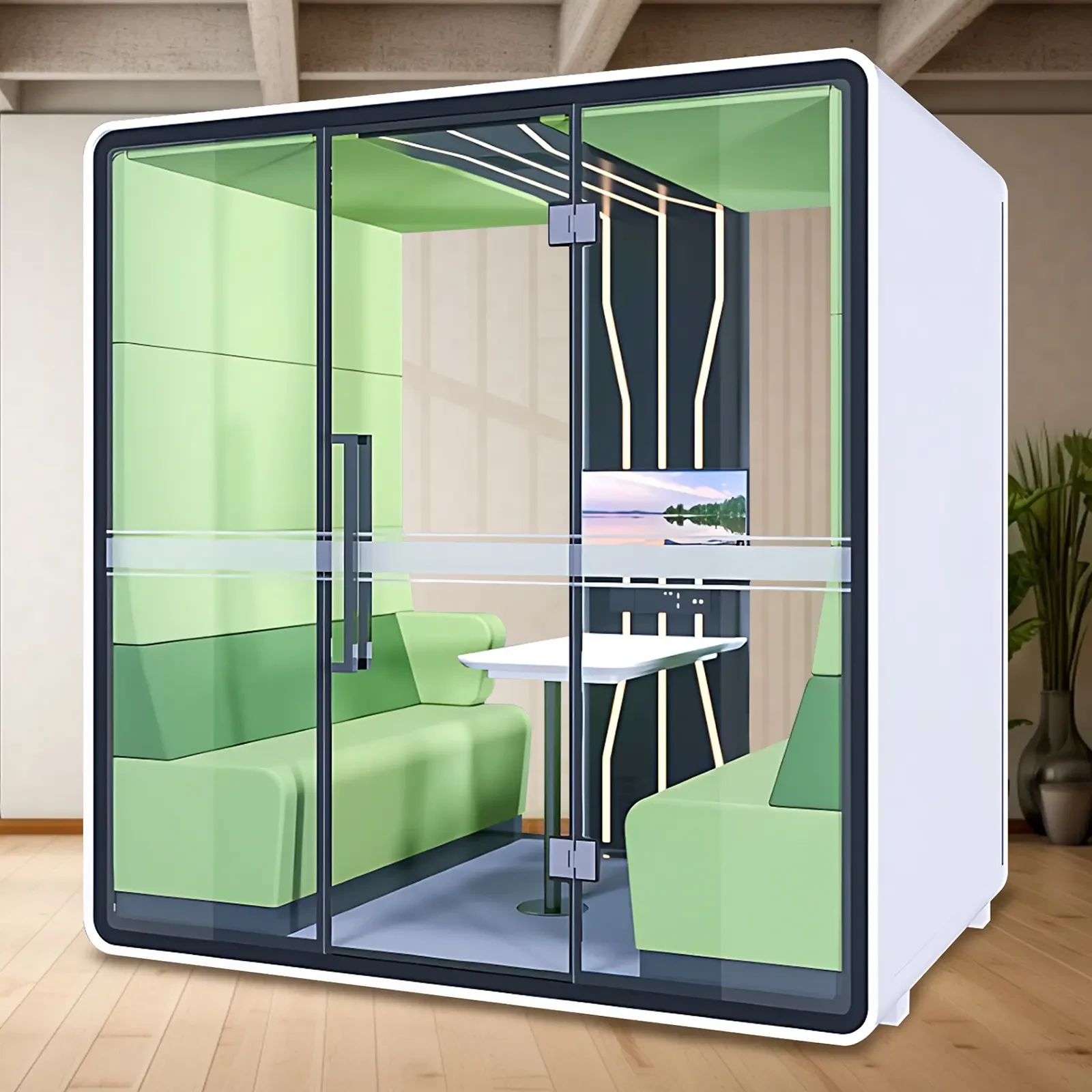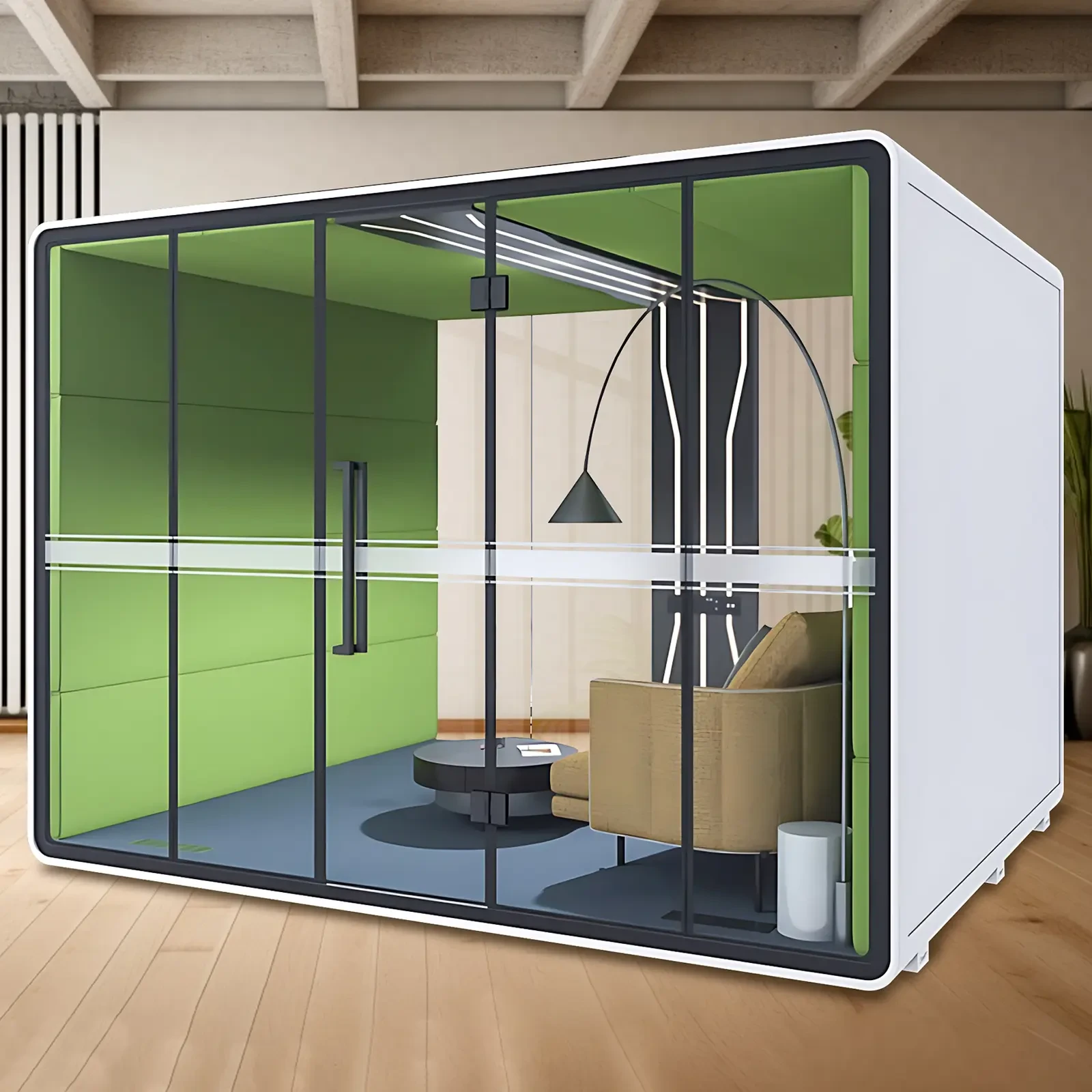Living in a world filled with inevitable noise, we crave the constant luxury of retreating to listening environments where we can be at peace. But in noisome times, how can we have it all; that is, what is the best way to soundproof a room and apartments cost-effectively to satisfy our ears in a world of too much sound? Luckily, many good ways exist, involving some very effective strategies for blocking sound in the spaces where we live and work.
Comprehending the Science of Sound
For an effective achievement of soundproofing in a space, it is first necessary to comprehend how sound travels and interacts with various surfaces within a room. Sound, after all, is a vibration that moves through air and solid materials, often finding even the smallest gaps to infiltrate a space.
Recognizing that sound can be airborne, structure-borne, or a combination of both sorts of waves allows one to identify the points of entry, as well as the weaknesses in a room's design that must be addressed. The best way to soundproof a room, then, is to apply a series of tactics that—working together—block, absorb, or dampen the energy of sound waves before they reach one's ears.
Spotting Trouble Spots in a Room
Before taking any measures, it is vital to locate the sources of noise invasion, which can range from flimsy walls and hollow doors to oversized windows and unsealed cracks, all of which are easy entry points for sound. These weak links let noise come in with minimal fuss and are such patent conditions in a space that they practically dare you to try your best way to soundproof a room. Pick a path through the room and talk to yourself in a normal tone of voice.
Note where the sound is loudest and where it fades; treat those spots as primary candidates for noise determination. The only way to get better than this is to get a four-channel audio mixer with mics on different frequencies.
Creating a Multi-Layered Soundproofing Strategy
Soundproofing is usually not just one fix, but instead many different solutions that deal with the different kinds of noise transmission. It’s like layering clothes for warmth in cold weather. Each method serves a specific purpose: blocking sound from entering, absorbing existing sound within the room, or dampening vibrations that transmit sound between surfaces. By using these layers in your room design, you integrate an environment where external sounds are significantly reduced, and internal noises don’t echo or reverberate.
Mitigating Airborne Noise Transmission
Airborne noise—such as voices, music, or traffic sounds—tries to get into a space. If you want peace, it’s necessary to seal up and block as many of the pathways that airborne noise uses to get in as possible. And those pathways can use the tiniest of openings to get in. So don’t think you can ignore any detail.
You have to consider points—like door frames, window edges, and every other open seam—where air can get through and where sound is also likely to get through. Reducing these open channels does two things. It lowers the volume of sound that’s getting into your space. And it also improves overall privacy. Most people are trying to get both of these things when they create a soundproof environment.
How to Control Structure-Borne Noise
Structure-borne noise occurs when the vibrations from people or machinery travel through walls, floors, ceilings, or other solid structures. This noise can be as much as 20 dB louder than airborne sounds (like talking), which is why it can be so irritating and disruptive. Even worse, our brains perceive this 20 dB louder sound as being equivalent in harmfulness to 100 dB!
The figure shows several sources of structure-borne noise. Reducing the trouble that structure-borne noise can cause requires a different approach than what is needed to handle airborne noise. A soundproof room is tamped free of noises of either sort. But structurally tamped rooms can be achieved only with considerable time, trouble, and expense.
Keeping Soundproofing and Room Aesthetics in Balance
One of the significant challenges in creating a soundproof space is ensuring that all the functional elements of soundproofing do not compromise the appearance or comfort of the room. Many people assume that effective soundproofing requires ugly or bulky materials.
However, modern approaches allow for discreet integration of soundproofing elements that blend perfectly into the room's existing decor. When carefully planned, a room can look and feel just as it was intended, while benefiting from enhanced acoustic privacy that makes the experience of being in it sometimes eerily pleasant.
Large Soundproof Office Meeting Rooms-Accommodating 6 People: An inexpensive alternative to ill-equipped corporate boardrooms: X-comfort's soundproof meeting pod for six people delivers an agile, well-insulated meeting space. Bathroom and brain breaks aside, there needn't be any fuss about booking time in a traditional conference room.
Recommendation
Soundproofing a Room: X-comfort Solutions for Soundproofing Excellence. When looking to achieve the best way to soundproof a room, it is crucial to use a thoughtful "mix" of methods tailored to your specific situation and to ensure that both airborne and structure-borne noise are addressed. And of course, you want whatever solution you choose to maintain the comfort and style of the space that you and your family live in. X-comfot is a company that offers professional and high-quality soundproofing booths and rooms.

 USD
USD
 GBP
GBP
 EUR
EUR






